Welcome to the world of outdoor cooking and our ultimate guide to outdoor cooking, a culinary realm where the aromas of grilled foods blend with the fresh air of the great outdoors. Whether you're a seasoned grill master or a newcomer to the open flame, this ultimate guide will walk you through various outdoor cooking techniques and the essential equipment needed to make your alfresco dining experiences both delightful and delicious.

Receive a free copy of our 101 Camping Recipes, including a section on outdoor food safety.
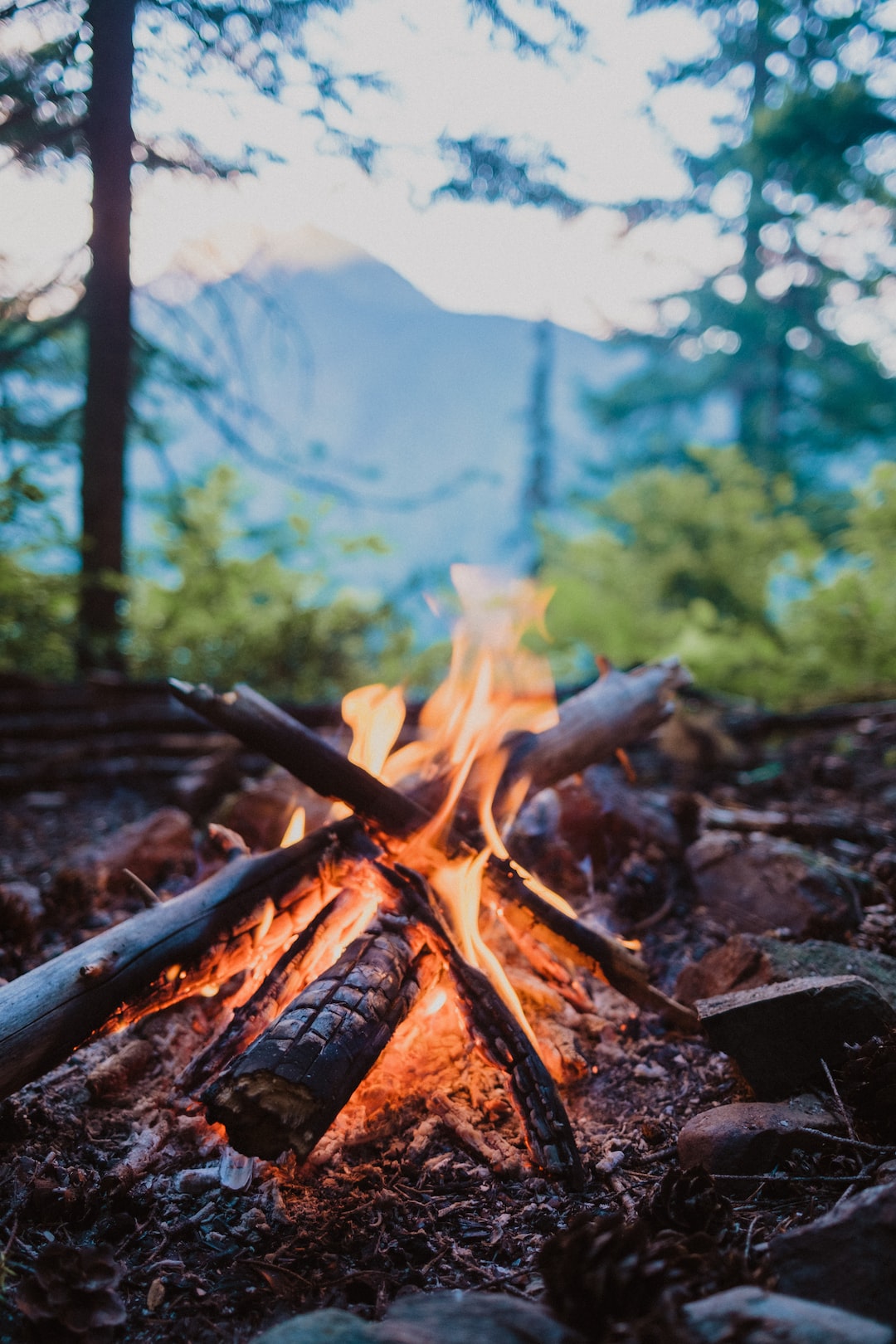
Grilling stands as the cornerstone of outdoor cooking, offering a blend of simplicity and skill that delights both novice cooks and culinary aficionados alike. Here, we delve deeper into the art of grilling, covering everything from choosing the right grill to mastering the cooking process.



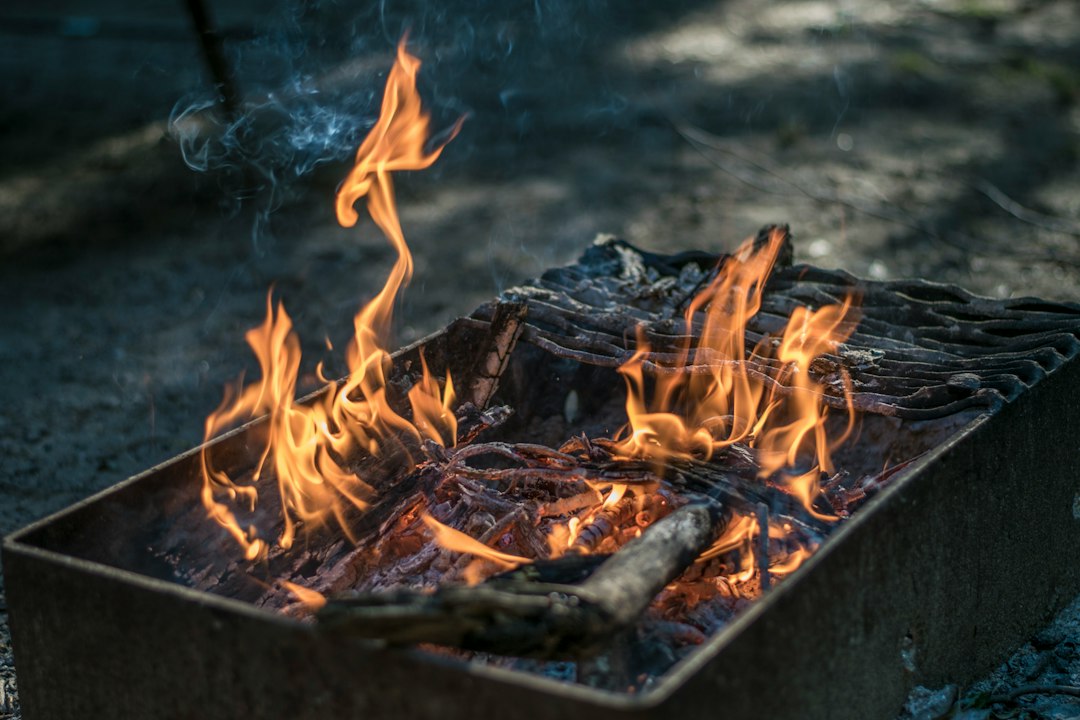
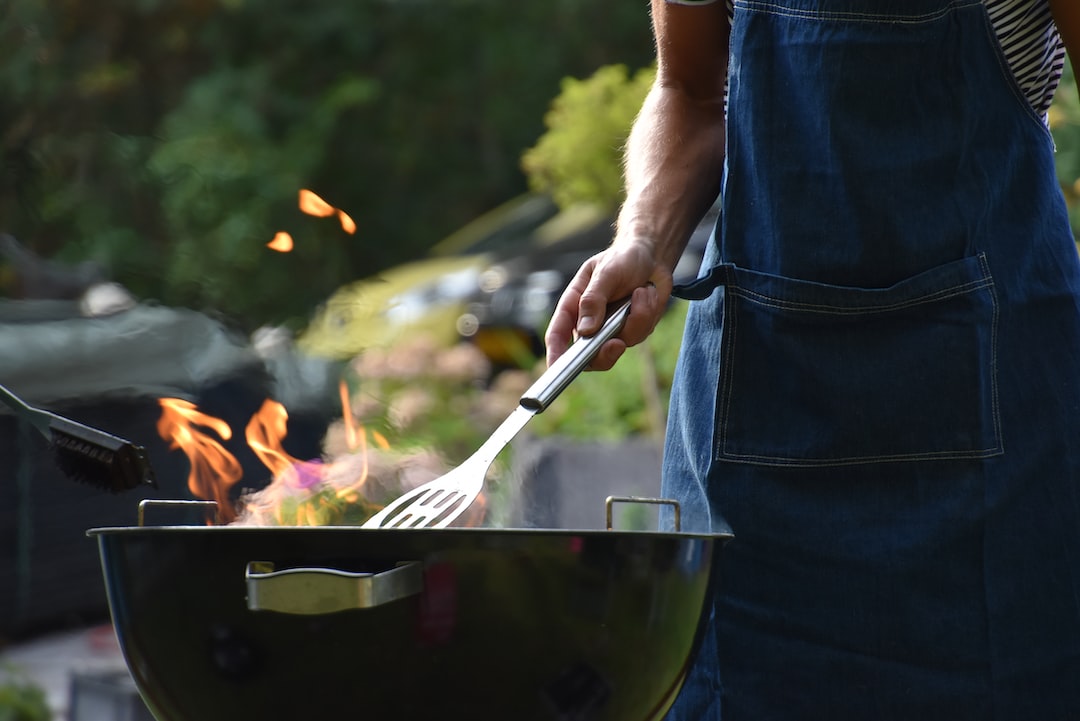
Grilling is much more than a cooking method; it's an outdoor celebration of flavor and technique. Whether you're a charcoal enthusiast or a gas grill fan, mastering these techniques will elevate your grilling game, guaranteeing delicious results every time. So fire up your grill, experiment with new methods, and enjoy the journey of becoming a grill master.
Smoking, a revered technique in outdoor cooking, involves a delicate balance of temperature control, wood choice, and patience. This slow-cooking method imparts a deep, rich flavor to meats, fish, and even vegetables. Let's delve into the nuances of smoking, enhancing your skills to transform simple ingredients into smoked masterpieces.
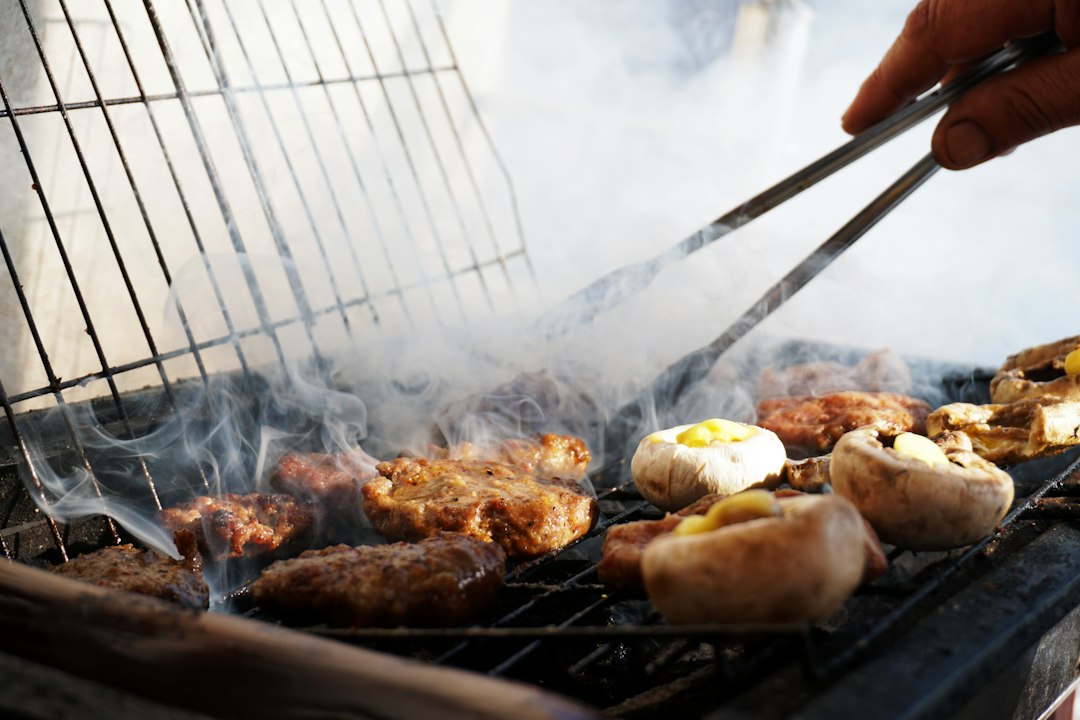
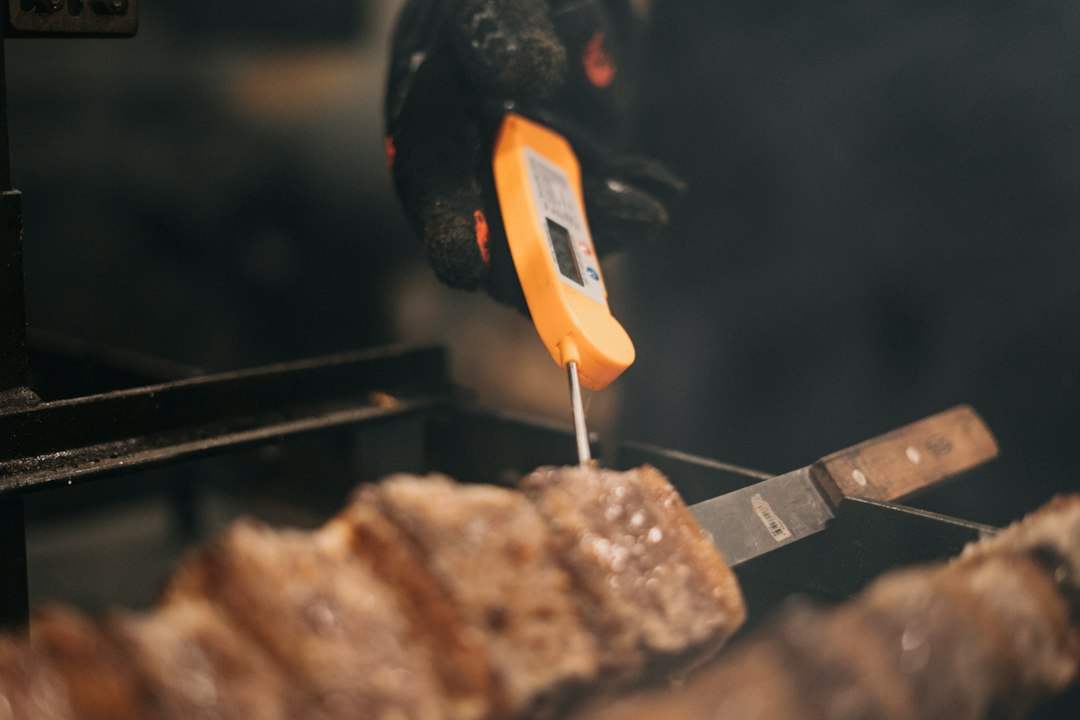
Smoking transforms the ordinary into the extraordinary, offering a depth of flavor that few cooking methods can match. Whether you're slow-smoking a brisket or infusing cheese with a delicate smoky aroma, mastering the art of smoking will elevate your outdoor cooking and impress your guests with every bite. Embrace the slow nature of smoking and enjoy the rewarding process of crafting uniquely flavored dishes.
Open fire cooking, an ancient culinary art, combines the primal allure of fire with the rustic charm of outdoor dining. This method is not just about cooking; it's an immersive experience that connects us with nature and our culinary roots. Let's explore the intricacies of open fire cooking, enhancing your skills to create memorable meals under the open sky.

Place a grill grate over the fire and cook food directly above the flames. Perfect for steaks, vegetables, and skewers.
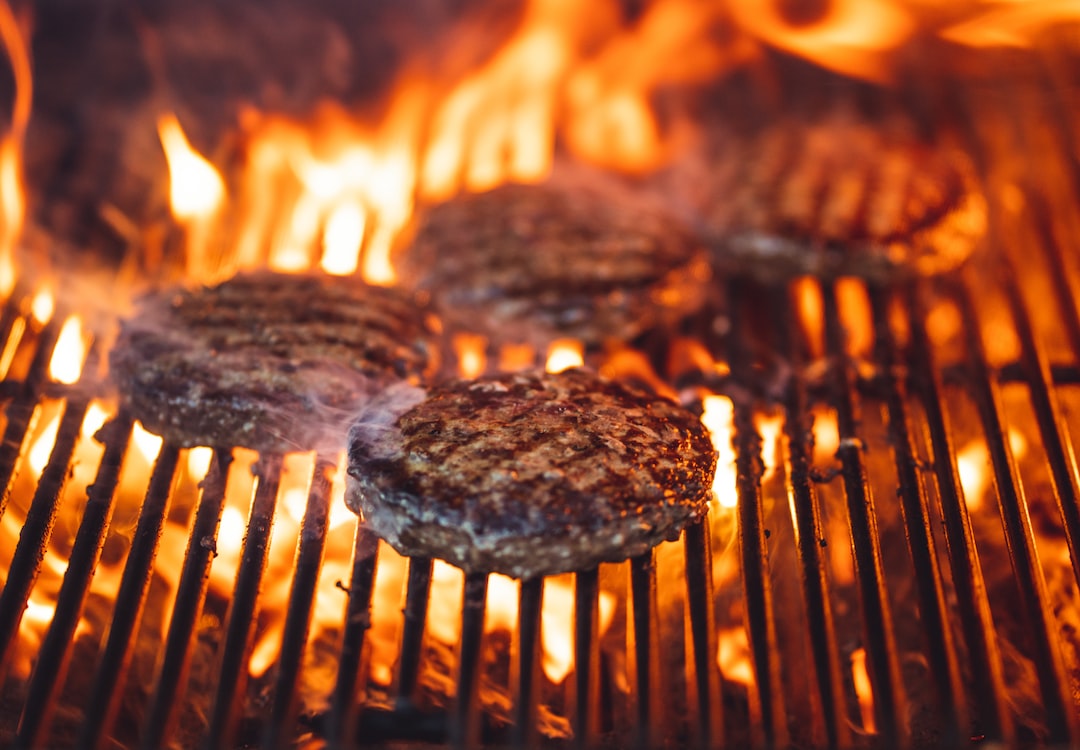
Use a cast iron skillet for frying and sautéing. Ideal for dishes that require more precise heat control.


We recommend Lodge Dutch Oven (affiliate link)
Open fire cooking is a journey back to our ancestral roots, a celebration of simplicity and flavor. It's about the crackle of the fire, the dance of flames, and the unparalleled taste of food kissed by smoke and flame. Whether you're searing a steak over glowing embers or slowly stewing a pot of chili, open fire cooking offers a unique and rewarding way to enjoy the great outdoors. So gather around the fire, share stories, and savor the mouthwatering results of this timeless cooking tradition.

Outdoor cooking is more than just a method of preparing food; it's an experience that combines the joy of cooking with the beauty of nature. Whether you're grilling up a storm, smoking your favorite meats, or enjoying the simplicity of an open fire, the right techniques and equipment can elevate your outdoor cooking game. So fire up that grill, invite some friends over, and enjoy the flavors that only outdoor cooking can provide.
This Ultimate Guide to Outdoor Cooking is no substitute for making meals and experiences with the ones you love, doing something you enjoy.
Support Us

© 2023 Copyrights Camping and Outdoor Life